Bottarga seems to be the ingredient of the moment. A decade ago, it crept into food stories; then onto restaurant plates; now, via televised food shows, into the home kitchen.
Bottarga, which is the Italian word and used by Americans, goes by other names: botarga in Spain, botargo in the U.K., poutargue in France, karasumi in Japan and avgotaraho in Greece — where I first had it.
Bottarga is artisanal: compressed fish roe sacs dried in the sun. Traditionally packaged in beeswax, today most bottarga is vacuum-packed. The fish variety varies, but tuna and mullet are common. Bottarga has a range of maritime flavors depending on the type of fish, is pumpkin in color and firm to the touch. Bottarga is either served paper thin as on crostini and salads, or microplaned onto strands of pastas, as in spaghetti alla bottarga.
Bottarga should not be confused with salt-cured fish eggs, such as caviar or taramas (the Greek cod roe used in the dip taramasalata). Loose roe is available almost everywhere. Bottarga is not.
Historically, bottarga was created to use all parts of the animal, a current trend in American cuisine. In keeping with this, Seth Cripe, a Florida native, founded the Anna Maria Fish Company (AMFC) in Cortez, Fla., to preserve his Gulf Coast community's culture by protecting fishermen and fish. Since one-half million pounds of the Gulf's grey mullet roe is shipped annually to Italy to produce bottarga, he decided to use that same roe to craft bottarga in Florida. He uses the roe from striped grey mullet caught by hand-cast net and then compressed in the traditional process.
Bottarga, like all fish roe, is on the pricey side, but a little bit goes a long way, and it keeps for quite some time in the refrigerator. You can order directly from AMFC: www.cortezbottarga.com.
Speaking of...
-
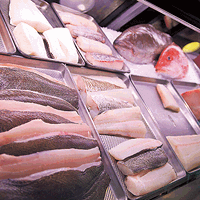
Deep sea dining
Mar 16, 2016 -
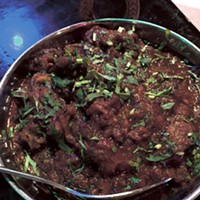
From Bhutan to Charlotte with the King of Spicy
Jan 13, 2016 -
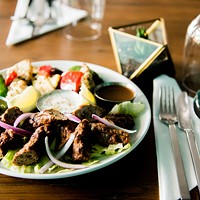
Tamarind's Indian summer
Sep 9, 2015 - More »
Latest in Connecting the Spots
More by Tricia Childress
-
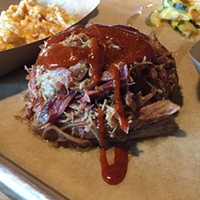
Seoul Food Meat Co's got soul
May 4, 2016 -

Aix en Provence flourishes in Myers Park
Apr 6, 2016 -
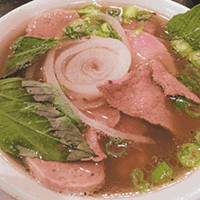
Pho and beyond at Saigon Bay Vietnamese Cuisine
Mar 2, 2016 - More »
Calendar
-

Aria Tuscan Grill Featuring Allegrini - Charlotte Wine + Food Week @ Aria Tuscan Grill
-

Angeline’s Featuring Sciandri Family Vineyards @ Angeline's
-

Charlotte Wine + Food Week Presented by Truist @ Charlotte, NC
-

Cakeable Cafe Grand Opening @ Cakeable Cafe
-

Haw River Wine Tasting @ Carolina Beer Temple.
-
Dorie Greenspan's Tiramisu Cake
This layered cake is definitely a "pick-me-up" with a little booze and caffeine.
-
Authentic New York-style Bagels Come to South End 1
Poppy's expands its empire
-
Eating With Your Dollars: The best fast food money can buy 14
The Food Babe talks juicing.








